We have previously hosted three Laidlaw Scholars; they are ambitious undergraduate students who undertake a programme of activities through the three years of their studies. It runs at a number of leading UK Russell Group universities and internationally, creating a large network of past and present scholars.
You can read more about the Laidlaw Scholarships on the UCL page, and if you are a first-year History of Art undergraduate, you could even apply!
History of Art Laidlaw Scholars
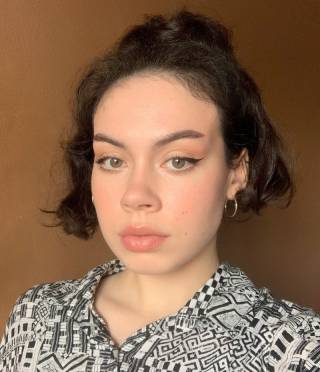
Phoebe Thomas (Supervisor: Dr Hanna Holling)
Additional supervisor: Andrea Lathrop, UCL Department of Anthropology
My experience as a Laidlaw Scholar –
In the summer of 2019, I embarked on an interesting project: to help create a teaching cabinet for the UCL History of Art Department. The teaching collection, named The Cabinet of Obsolete Technologies, features many media items that are no longer manufactured for commercial use and are considered to be redundant today. My research has allowed me to engage with different forms of knowledge acquisition; I have not only utilised written information about the objects and their histories and initial uses, but have considered the ways in which the items have been repurposed today. Through the haptic interactions with the items and the photographic processes required to document them, I have gained a better understanding of how object-based pedagogy produces forms of knowledge that cannot be accessed through lecture and book-based learning alone.

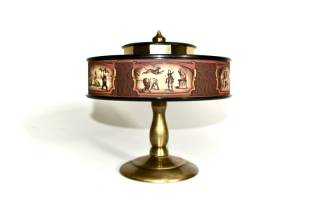
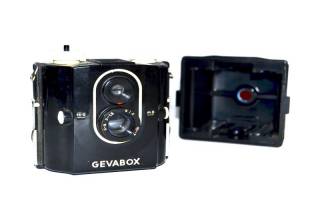
I encourage anyone who is interested in this project to apply through the Laidlaw Scholarship Programme for Summer 2020.
Images: Polaroid Sun 660, 1981; Magic Lantern, replica, c.1880; Gevaert box camera, c.1950
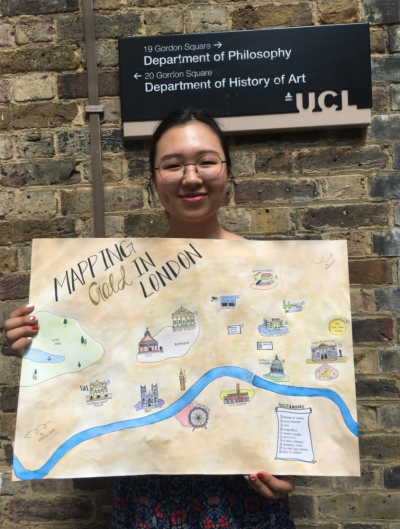
Ha Eun Monica Park (Supervisor: Dr Allison Stielau)
Mapping Gold in London
My Experience as a Laidlaw Scholar -
As a student studying History of Art, I have always questioned the practicality of my area of study and where I can apply the skills gained from my studies. The Laidlaw Scholarship Project was a great opportunity for me to immerse myself in the field, beyond the curriculum taught at UCL. Although it was challenging to conduct my own research as an undergraduate student, it was definitely the best opportunity to push myself and identify both my strengths and weaknesses. The Laidlaw Scholarship Project requires creativity and much more diverse skills from students as the they design, plan, and conduct their own research. It was also a great opportunity for me to explore different research methods and approaches to the topic. The process of research involves not only working with different images or objects and their secondary resources, but also interacting with people involved in related fields. While visiting these sites around London, I met a number of experts who work with gold in some capacity on a daily basis. I interviewed staffs from the Assay Office and a goldsmith at the Goldsmith’s Centre. The knowledge gained from both the texts and the experience made my research more fruitful.
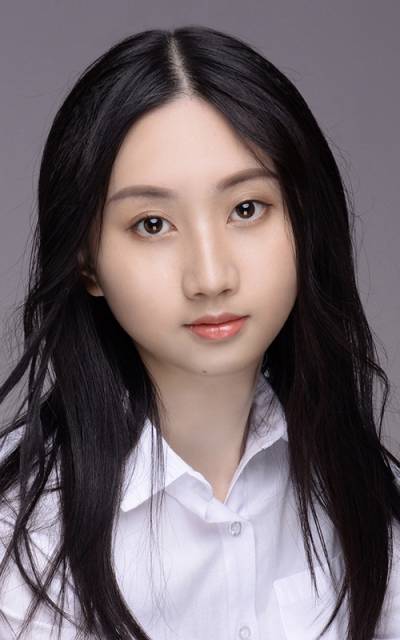
Emmy Pu (Supervisor: Dr Natasha Eaton)
British Red and Chinese Red: Agitating the Struggle between Land and Sea
About Emmy’s project:
This project aims to find out if colour is influenced by and can even shape the diverse cultures of the British Empire and Imperial China (221 BC–1912). In relation to History of Art and colour theory, it looks into Carl Schmitt’s geopolitical theory of land and sea. Schmitt’s theory is important because it theorises characteristics of land and sea powers, which echoes the key difference between Imperial China and the British Empire including freedom vs order, diversity vs unity and stability vs changeability.
Red has at least three roles in the lasting, world-wide struggle between land and sea powers. Firstly, for land powers like Imperial China, red was a defensive pull force that bound their culture together against the influence from sea powers. Secondly, for sea powers like the British Empire, red was both an aggressive push force that drove them to expand and a resistant push force which land powers exploited against invasion.
As the struggle between land and sea powers is essentially the struggle between Eastern and Western ideologies, getting a better understanding of what colour does, instead of what colour means alone, can provide us a new perspective on historical and current cultural and political climates and hopefully an insight into our future.
Emmy presented her project at the Laidlaw Scholars’ Conference in October 2019, one of two students selected to represent UCL and to make a 3-minute presentation on her research project or an aspect of leadership.
 Close
Close

